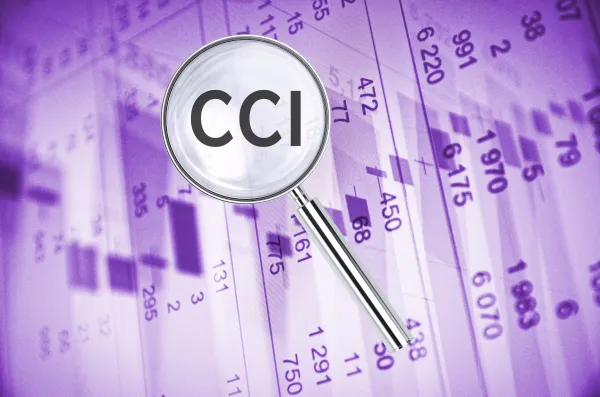Wondering if Your Parkinson's Disease Knowledge Would Make the Grade? Test Yourself

Hint: Secondary Parkinsonism is different than Parkinson’s disease. Coding for Parkinson’s disease can be difficult because you must follow all of the coding notes in ICD-10, know which CPT® codes to report for treatment, and understand the difference between Parkinson’s disease and secondary Parkinsonism. Answer the following questions to brush up on your Parkinson’s disease knowledge. First, Define Parkinson’s for Clarity Question 1: What is Parkinson’s disease? Answer 1: Parkinson’s disease is a progressive disease of the nervous system. It primarily affects middle-aged and elderly people, and scientists believe it is associated with degeneration of the basal ganglia of the brain and a deficiency of the neurotransmitter dopamine. Patients with Parkinson’s disease exhibit tremors in the extremities, jaw, and face, stiffness of the trunk, arms, and legs, swinging of arms during walking, and poor posture and balance. They move slowly, their speech and writing changes, they smile less, and they may have difficulty chewing, swallowing, and sleeping. They may become depressed and have mood changes. Turn to These ICD-10 Codes for Parkinson’s Disease Question 2: What ICD-10 code should I report for Parkinson’s disease? Answer 2: You should report G20 (Parkinson’s disease) for Parkinson’s disease. Other included diagnoses under G20 include the following: Don’t miss: Code G20 has an Excludes1 note for G31.83 (Dementia with Parkinsonism), so report G31.83 if the surgeon documents dementia and Parkinsonism. Differentiate Between Parkinson’s Disease and Secondary Parkinsonism Question 3: What causes secondary Parkinsonism, and what ICD-10 codes should I report for secondary Parkinsonism? Answer 3: Secondary Parkinsonism is similar to Parkinson’s disease; however, the symptoms are caused by certain medicines, a different nervous system disorder, or another illness. You will turn to the following codes for secondary Parkinsonism: Don’t miss: Each code for secondary Parkinsonism excludes dementia with Parkinsonism (G31.83), Huntington’s disease (G10), Shy-Drager syndrome (G90.3), and syphilitic Parkinsonism (A52.19). Important: Since several of the secondary Parkinson’s ICD-10 codes direct you to report an additional code for adverse effects or to first code the drug or external agent causing the secondary Parkinsonism, you will want to make sure you carefully read all of the notes associated with these codes. Don’t Report Microelectrode Recording Separately Question 4: My neurosurgeon implanted a neurostimulator array, along with an intraoperative recording, and he also performed microelectrode recording in association with neurostimulator electrode arrays implantation to treat a patient’s Parkinson’s disease. Should I report the microelectrode recording separately from the neurostimulator electrode array implantation? Answer 4: No. There are separate codes for implantation of neurostimulator electrode arrays with or without microelectrode recording, explains Gregory Przybylski, MD, immediate past chairman of neuroscience and director of neurosurgery at the New Jersey Neuroscience Institute, JFK Medical Center in Edison, New Jersey. Microelectrode recording, when the operating surgeon performs it in association with the implantation of neurostimulator electrode arrays, is an inclusive service, so you should not be reported separately, per CPT® guidelines. “These codes are most commonly used to report placement of deep brain stimulator electrodes for treatment of Parkinson’s disease,” Przybylski says. Coding solution: Check the documentation to see how many arrays the surgeon implanted. Then, you would report 61867 (Twist drill, burr hole, craniotomy, or craniectomy with stereotactic implantation of neurostimulator electrode array in subcortical site (eg, thalamus, globus pallidus, subthalamic nucleus, periventricular, periaqueductal gray), with use of intraoperative microelectrode recording; first array) for the first array and +61868 (….. with use of intraoperative microelectrode recording; each additional array (List separately in addition to primary procedure)) for each additional array.




